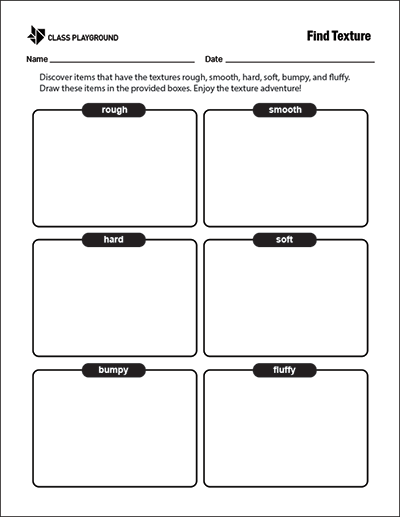Texture in art is one of the key elements of design. It refers to the surface quality or “feel” of an object—either actual, where texture can be physically touched, or implied, where it is suggested visually.
Why Teach Texture?
Texture adds depth and realism to artistic creations. It helps students understand how artists convey emotion, create movement, and enhance compositions. By exploring texture, students learn to add another dimension to their own artwork, making their creations more vivid and engaging.
Strategies for Teaching Texture
- Hands-on Exploration: Provide fabric swatches, stones, or wood for students to touch and compare. Experiencing smooth, rough, bumpy, soft, and hard textures firsthand builds a foundation for artistic application.
- Artwork Examples: Analyze famous works like Van Gogh’s Starry Night or Monet’s Water Lilies, which use texture to suggest movement and depth. This develops students’ critical eye for texture in art.
- Incorporate Texture into Projects: Encourage experiments with different materials and techniques, such as layering thick paint for a rough texture or blending smoothly for contrast.
- Drawing Practice: Assign still life drawings focused on texture, such as replicating the rough peel of an orange or the smooth skin of an apple.
Activities
- Texture Hunt: Have students sketch textures they find indoors or outdoors—tree bark, leaves, or pebbles. This improves observation skills and awareness of textures in the environment. Pair with the Texture Find printable to extend practice.
- Texture Rubbings: Use crayons and paper over materials like sandpaper, lace, or bubble wrap to reveal patterns. This simple method captures textures quickly and creatively.
- Textured Collages: Create collages with fabric, foil, dried leaves, or paper scraps. Layering materials helps students think about composition as well as tactile quality.
- Clay Sculptures: Provide clay or playdough for students to press, carve, and mark with tools or objects. This reinforces how textures can be physically created and visually emphasized. The Texture Make printable is a great complement for this activity.
Looking for ways to extend learning? Try interactive art tools like Doodle Pad or Doodle Picasso to experiment with implied texture digitally.


